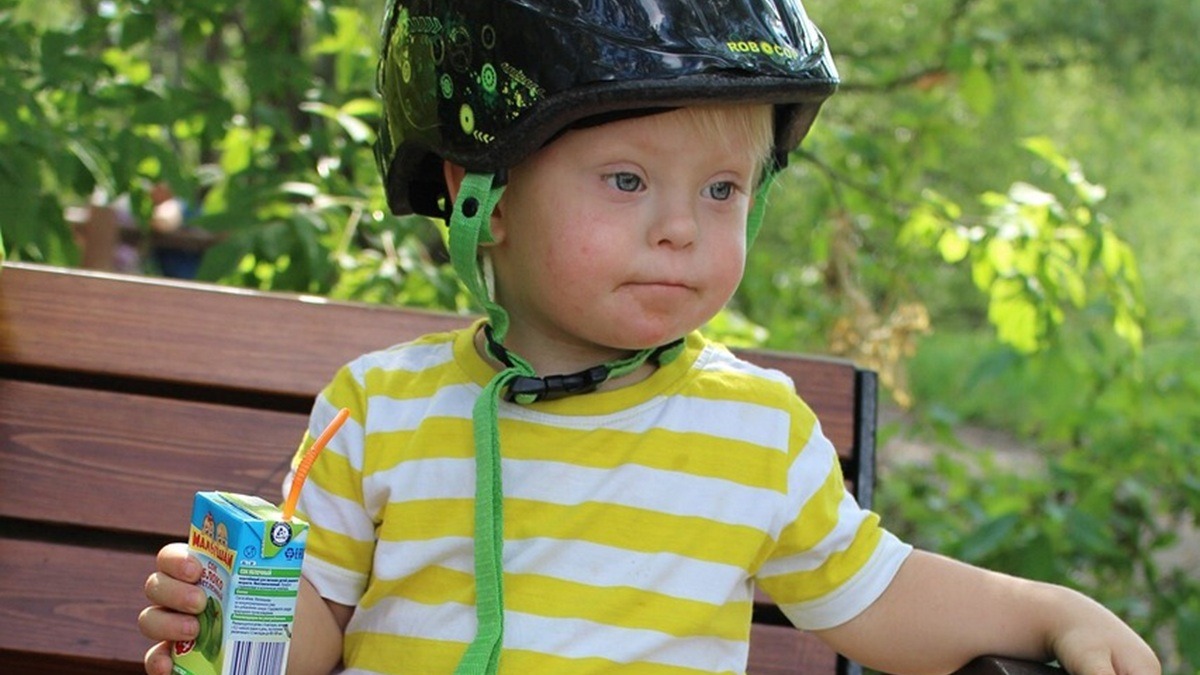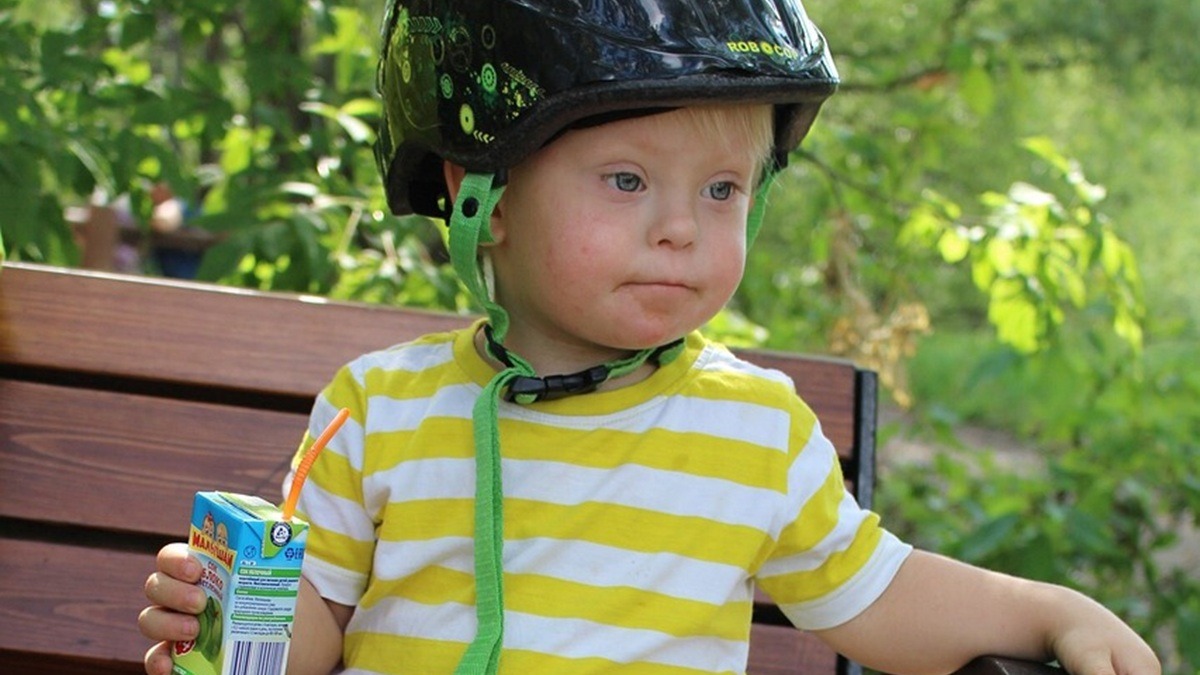Down Syndrome Under Attack: Japanese Scientists Use CRISPR to Remove Extra Chromosome!
Are you ready for a scientific revolution that could change the lives of millions? Researchers at Mie University in Japan have done something that sounds like science fiction – they successfully removed the extra 21st chromosome, known as trisomy 21, which is the main cause of Down syndrome!
What is Down Syndrome and Why Does This Matter?
Down syndrome affects millions of children worldwide and brings numerous developmental challenges, intellectual difficulties, and health problems. All because of one extra copy of the 21st chromosome that wreaks havoc in cells.
CRISPR – The Genetic Scissors Cutting the Excess
Scientists used CRISPR-Cas9, the most advanced gene-editing technology, to specifically remove that surplus chromosome from cells. This technology uses an enzyme that finds and cuts specific DNA sequences. Ryotaro Hashizume’s team designed guides that direct the enzyme to cut only the extra 21st chromosome.
Jaw-Dropping Results
When they applied this technique to cells grown in the lab, the extra chromosome was removed, and the cells returned to normal! Genes related to nervous system development became more active, while those linked to metabolism became less active. This means the genetic burden was lifted.
Not Just Babies – Mature Cells Under Control Too
Researchers also tested the method on mature skin fibroblasts from people with Down syndrome. Removing the extra chromosome made these cells grow faster and have shorter doubling times. So, removing the genetic excess can reduce the biological load that slows cell growth.
But It’s Not Perfect
Of course, CRISPR isn’t without flaws. There’s a risk the enzyme might affect healthy chromosomes. That’s why scientists are refining their program to make the enzyme target only the extra copy of chromosome 21.
What Does This Mean for the Future?
This research shows CRISPR can do much more than tiny fixes – it can remove an entire chromosome! The team hopes this will be the foundation for regenerative therapies that tackle genetic problems at their root.
Health Challenges of Down Syndrome
People with Down syndrome often face congenital heart defects, digestive issues, immune problems, sleep apnea, epileptic seizures, hearing and vision problems, and an increased risk of leukemia and other diseases.
What’s Next?
Scientists will continue to monitor how modified cells function over time and how feasible this method is in real-world conditions. If successful, this could be a huge step toward curing or significantly reducing the symptoms of Down syndrome.
Is This the End of Down Syndrome?
It may sound like science fiction, but Japanese scientists have taken the first step toward it. Is this the beginning of the end for genetic diseases once thought incurable? Only time will tell.
If you thought genetics was boring, think again! This story reads like a movie, but it’s real and happening now. What do you think? Is this a scientific breakthrough or a dangerous game with genes? Drop your thoughts and keep the conversation alive!















